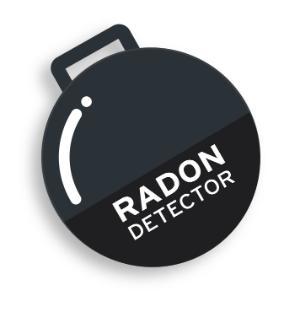Radon is a radioactive gas that is present in our homes. It has no taste, colour or smell. It is formed in the ground by the radioactive decay of uranium which is present in all rocks and soils.
The only way to know if radon is a problem in your home is by testing your home.
Please watch our animated video to see how easy it is to test your home for radon.
A radon test is carried out by placing two small detectors, about the size of an air freshener, in your home for three months. One detector is placed in a bedroom the other in a living room - the places most occupied by the family. After three months, when the detectors are posted back to the laboratory, they are analysed to see how much radon they have been exposed to.

Please see our Radon Testing page for more information.
Please watch our animated video to see how easy it is to reduce radon levels in your home.
The main ways to reduce the radon levels in your home are by:
It is important to have your home re-tested after the work has been completed, to ensure that it has been successful in reducing the level in your home to below 200 Bq/m3. The EPA facilitates a free re-testing service to homeowners. Please contact us to avail of this.
For more information on how to fix a radon problem can be found here